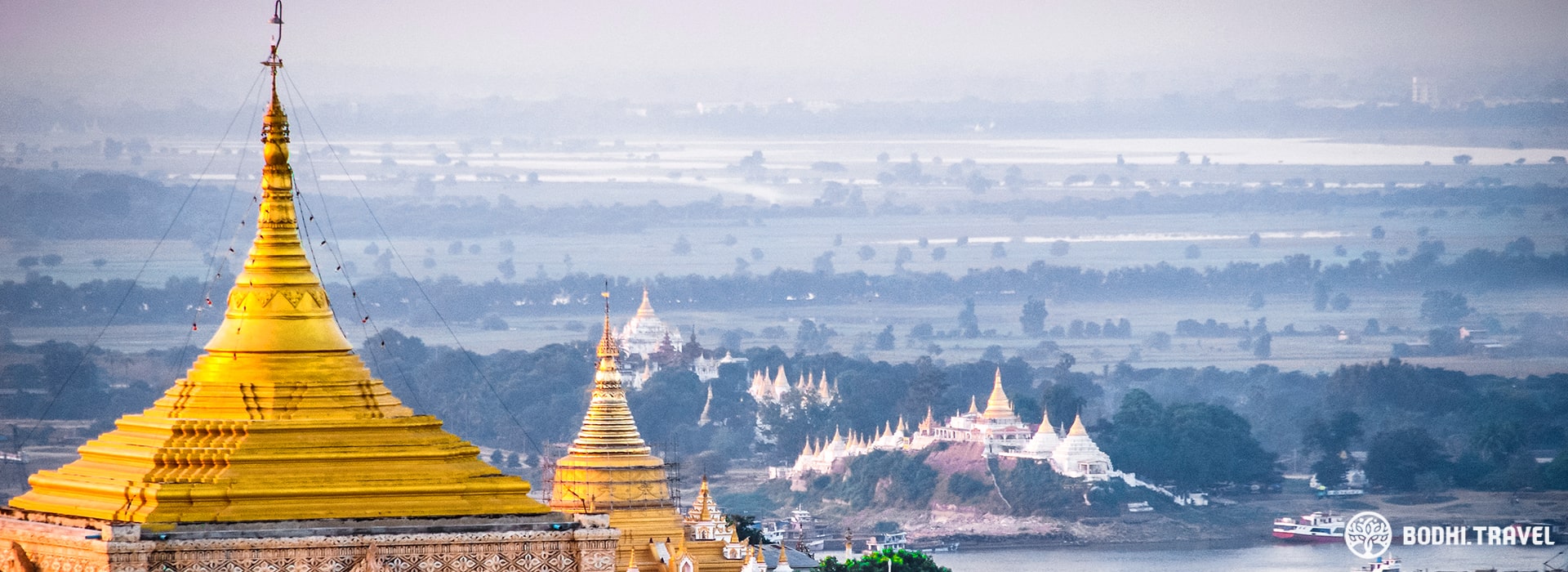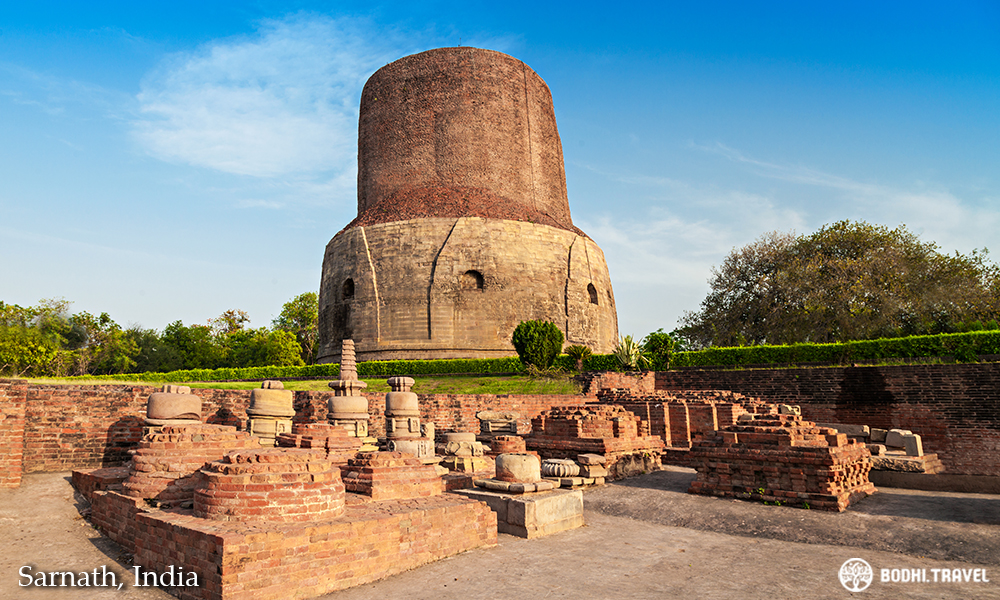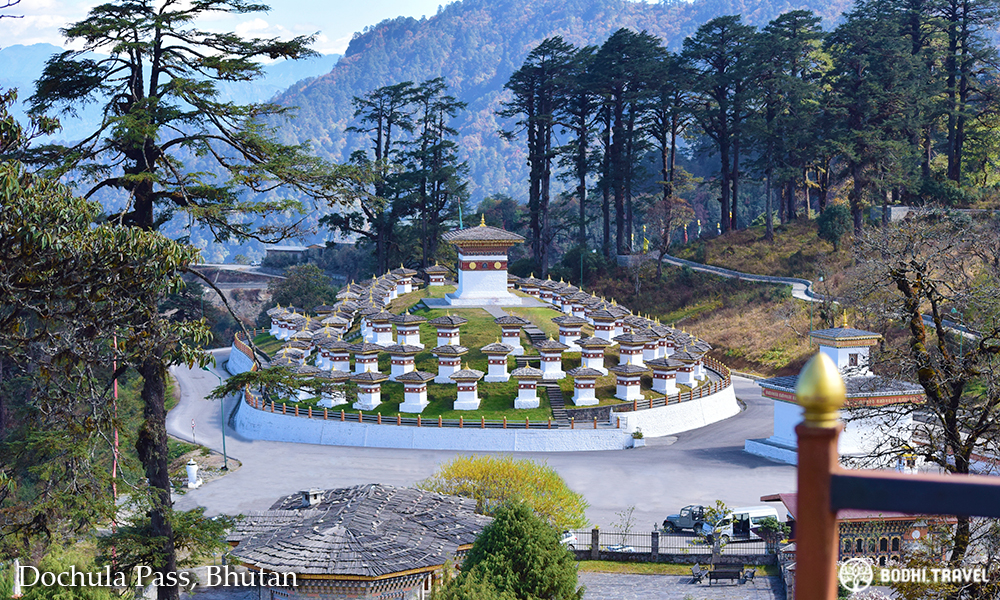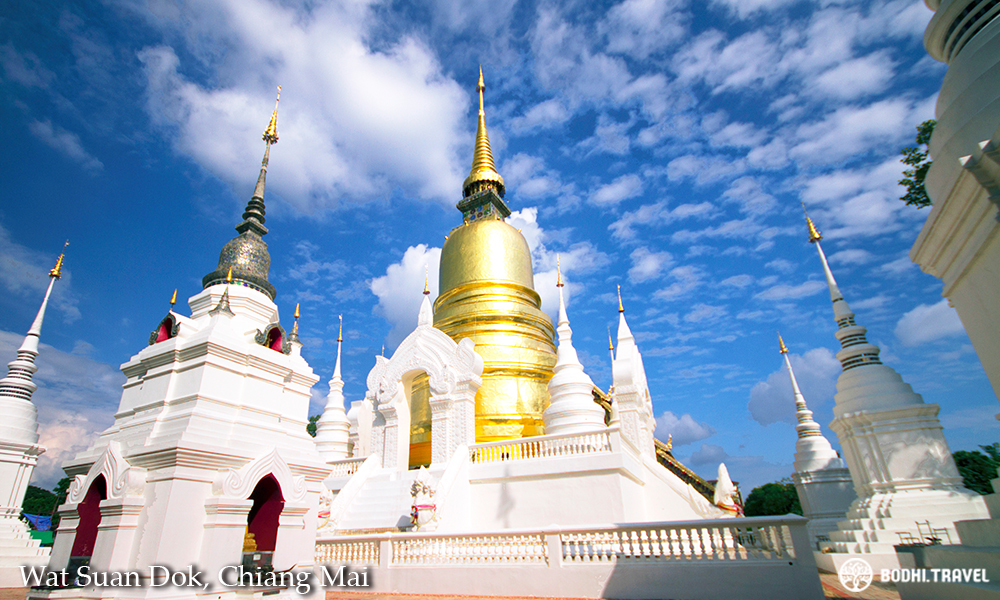
The Stupa I
BODHI ADMIN - Posted on June 20, 2019 - 2,428 Views
The Stupa is an important and common Buddhist symbol due to its association with the Buddha. According to Buddhist traditions, the stupa represents the Bodhicitta, the awakened potential that can be realised. Essentially the stupa is an earth mound covering relics and bearing a spoke or a pillar on top of the mound.
Read part two here: The Stupa II - Eight types of stupa
The word “stupa” is derived from the root word “stup” which means to heap (ie. to pile on a mound of earth). Over the many centuries, the stupa evolved from its original state to its more elaborate versions today. In earlier versions of the stupa, it was always in the shape of an overturned bowl. During latter centuries, a base was added together with a crown.

The Buddha, while explaining the structure of the stupa, had spread His robe on the floor and put his inverted alms bowl on top of it to represent the heart of a compassionate soul. Right on top, He then placed His other constant companion – the umbrella (chhatri) as the spire to indicate the rank and status accorded to the universal monarch.
Although the stupas’ original purpose was to house relics of the Buddha and important spiritual personalities, there are also stupas which are purely commemorative in nature with no reliquary objects inside.

The stupa is one of the myriad methods for Buddhists to show respect to the Triple Gem. However, in Buddhism, the physical form should not be excessively honoured (as compared to the Teachings) for the Buddha said
"He who sees Dhamma, Vakkali, sees me; he who sees me sees Dhamma. Truly seeing Dhamma, one sees me; seeing me one sees Dhamma." – Vakkali Sutta

Finally, while there are no fixed do's and dont's in the process of paying respect to the stupa, devotees can
- offer pujas
- offer items such as flowers, incense
- conduct circumambulation with the right side of the body closer to the stupa
- conduct walking meditation with concentration on specific suttas or virtues of the Triple Gem

Visit these beautiful Stupas with us! Check out our tour packages for more details: [CLICK HERE]
More information on the Stupa, [CLICK HERE]
MORE ARTICLE: Mudras – Dhammacakra
MORE ARTICLE: What is Vesak Day
MORE ARTICLE: The Stupa II - Eight types of stupa




